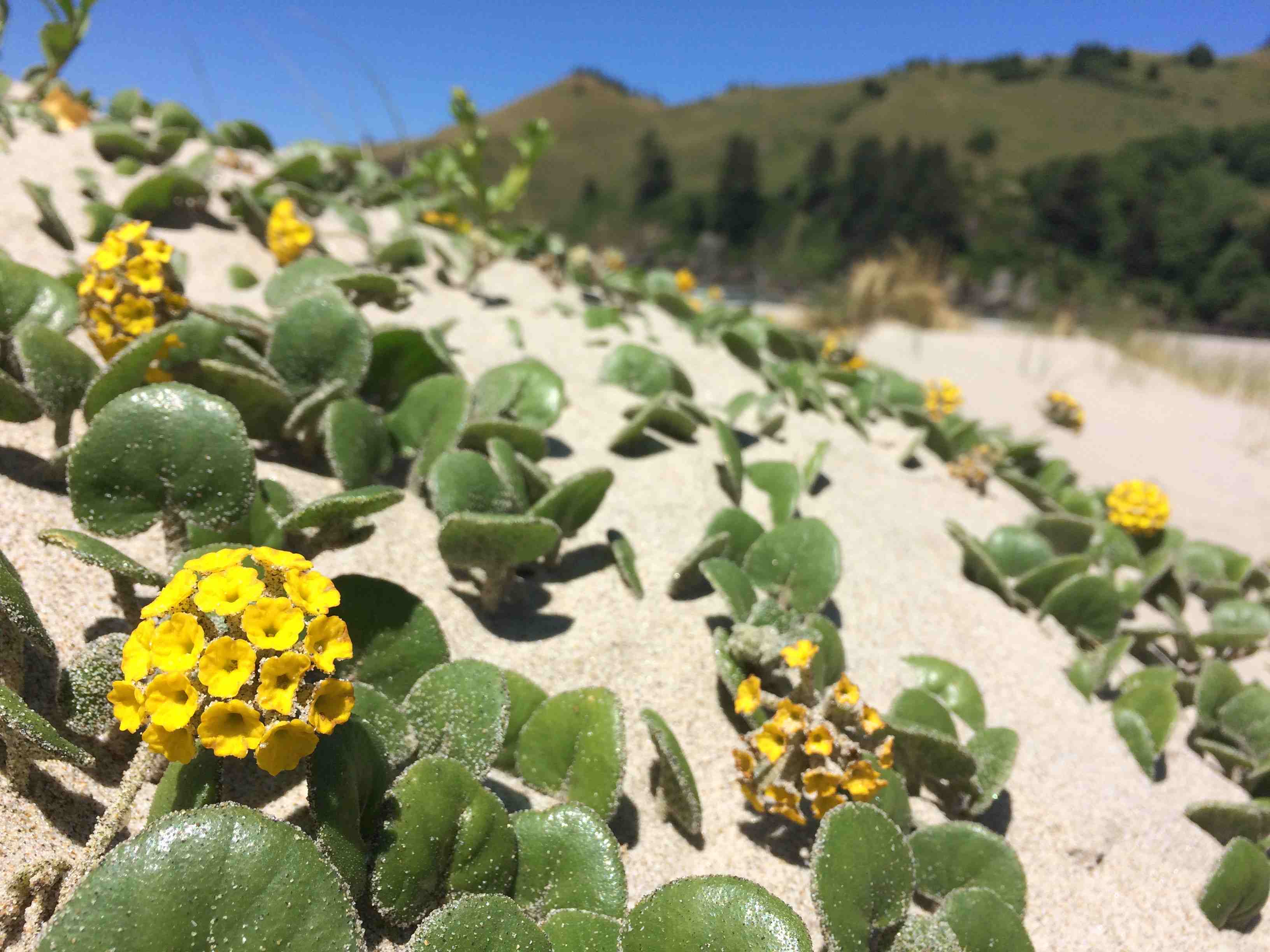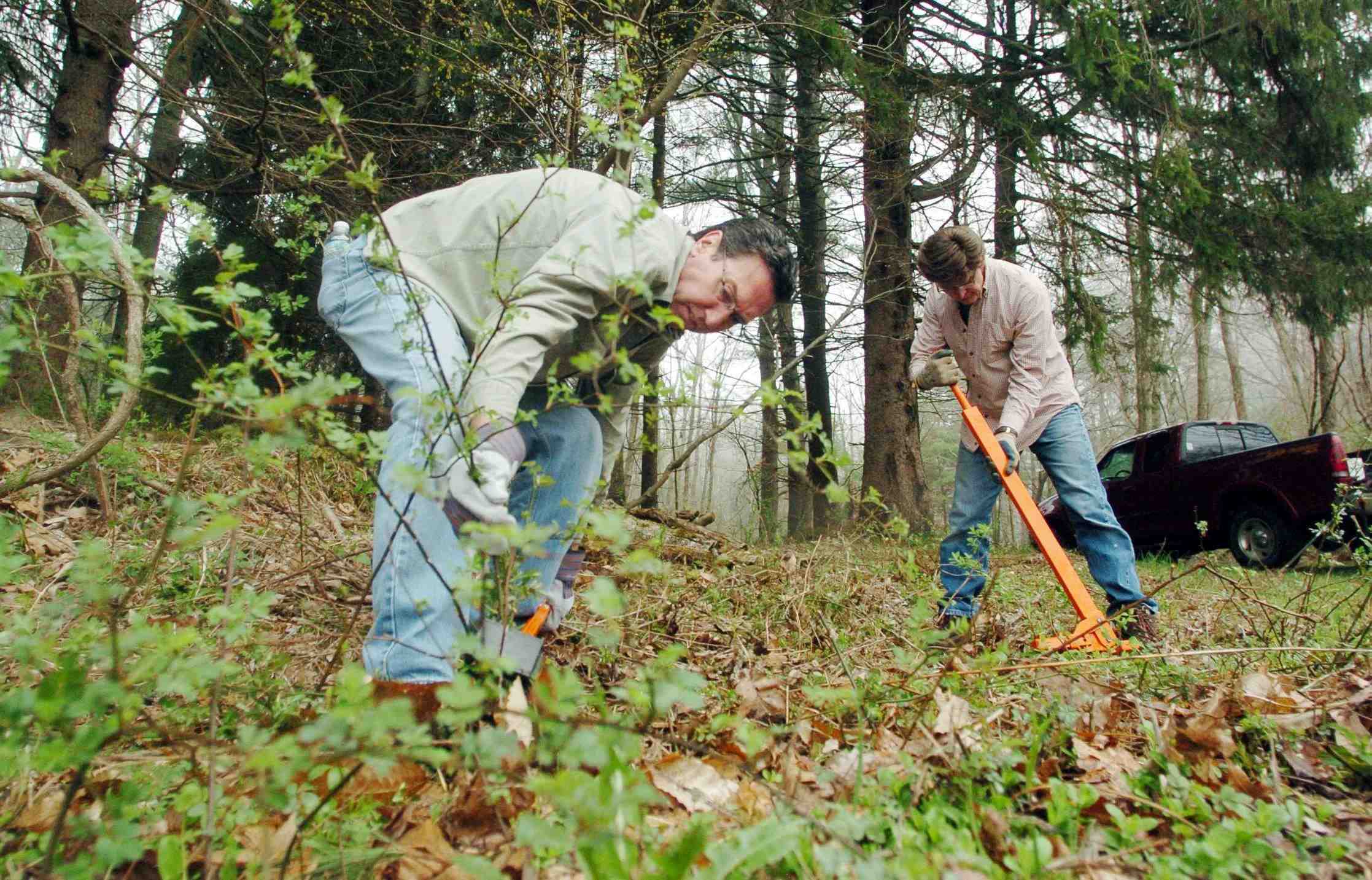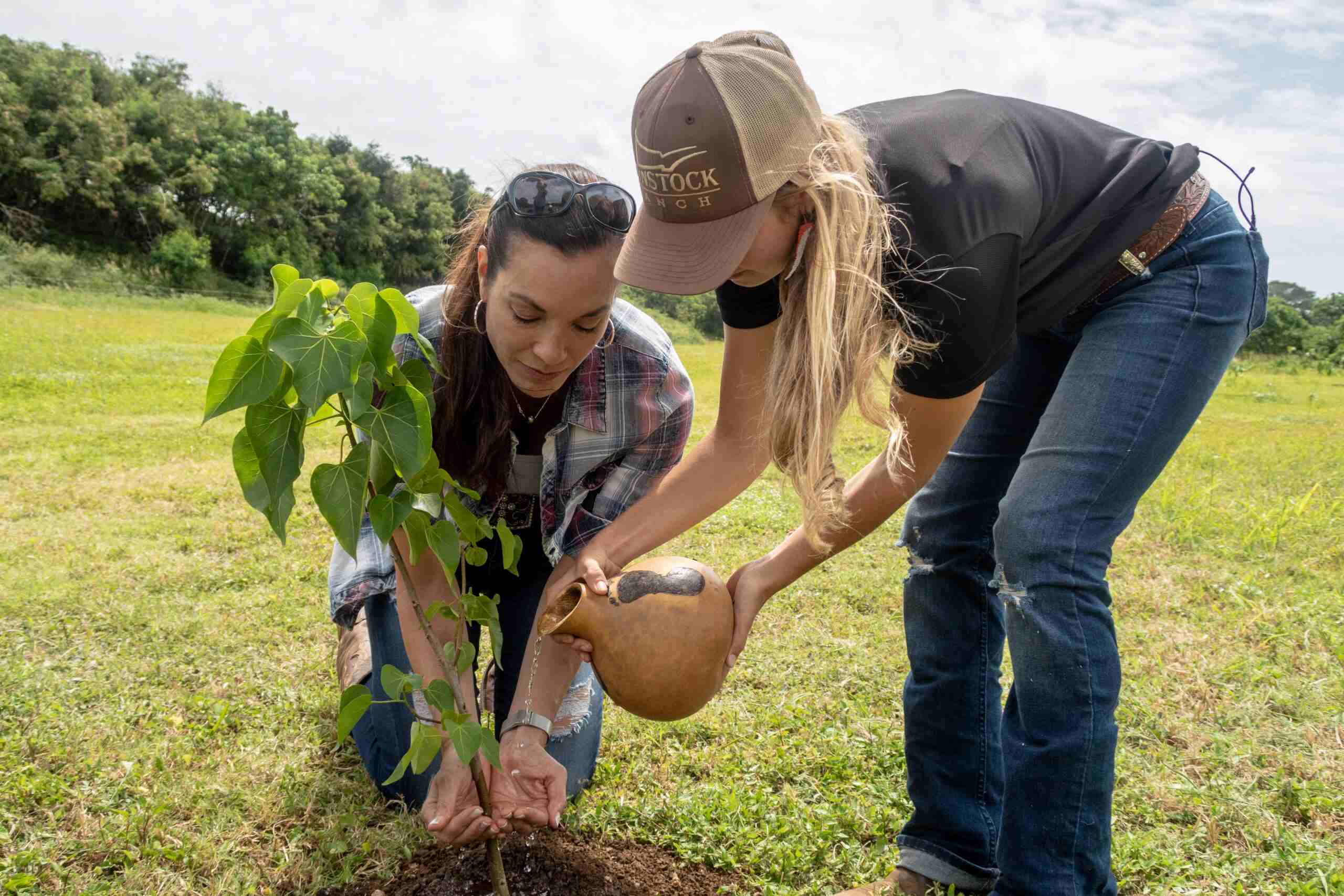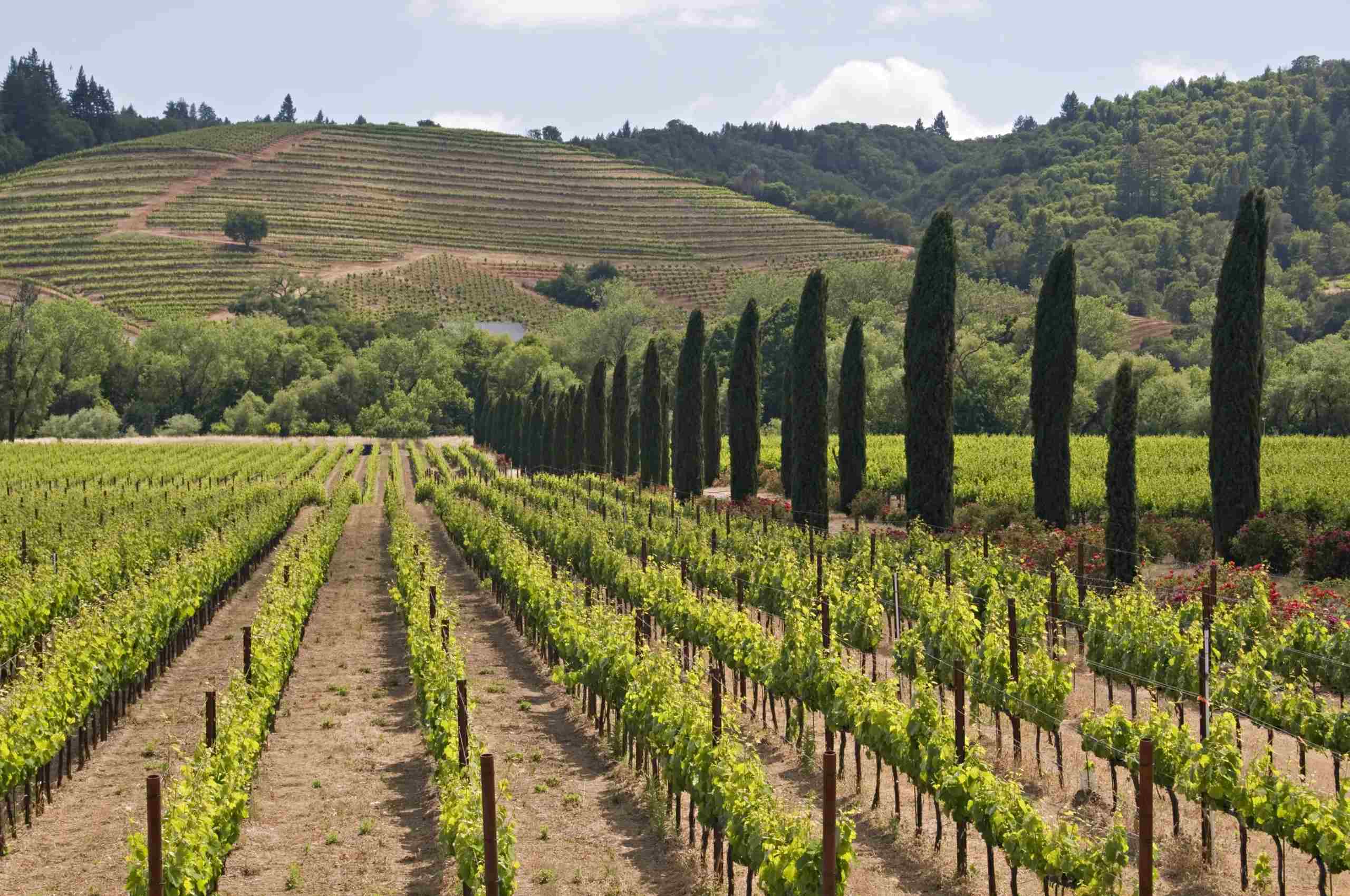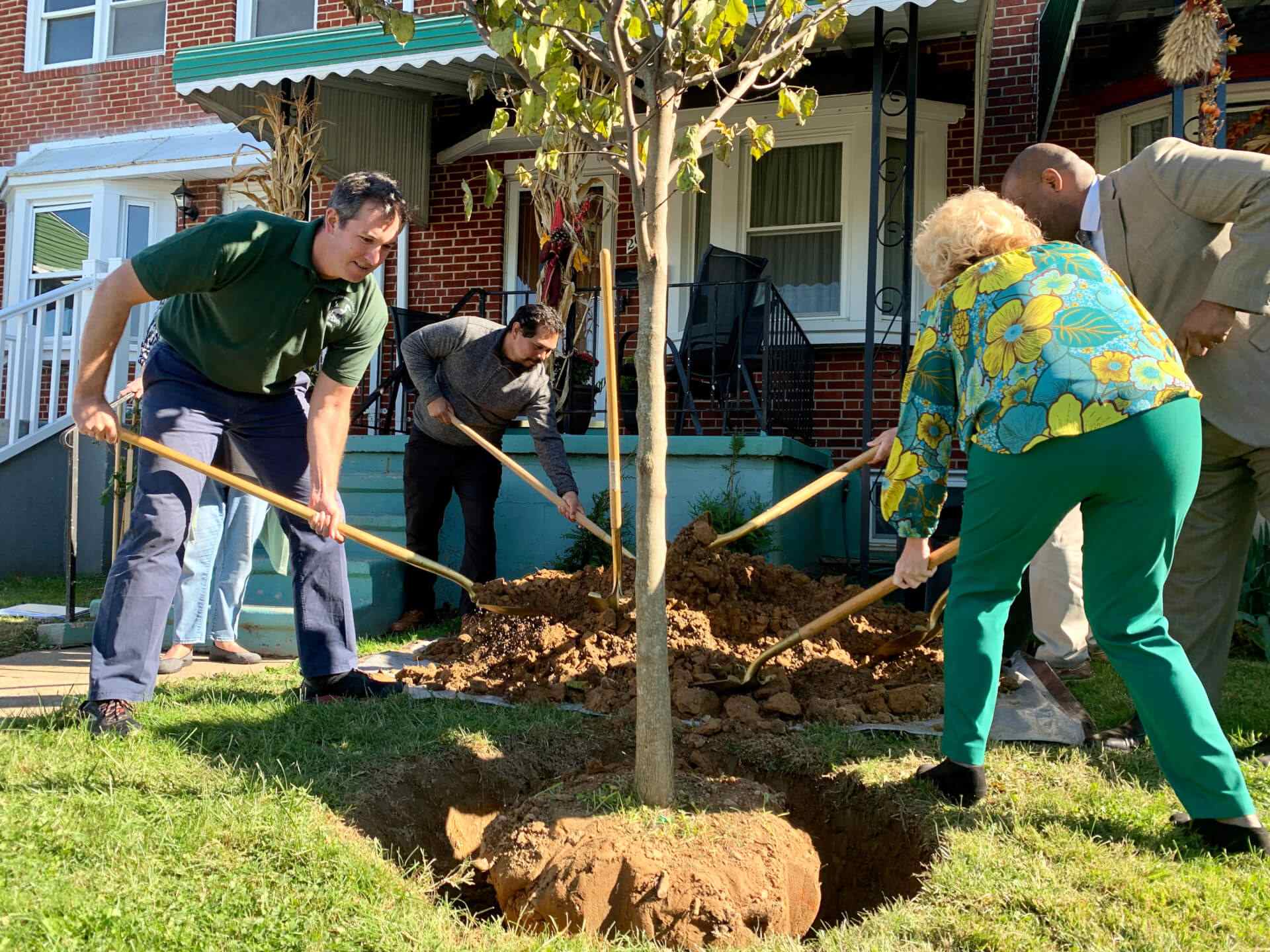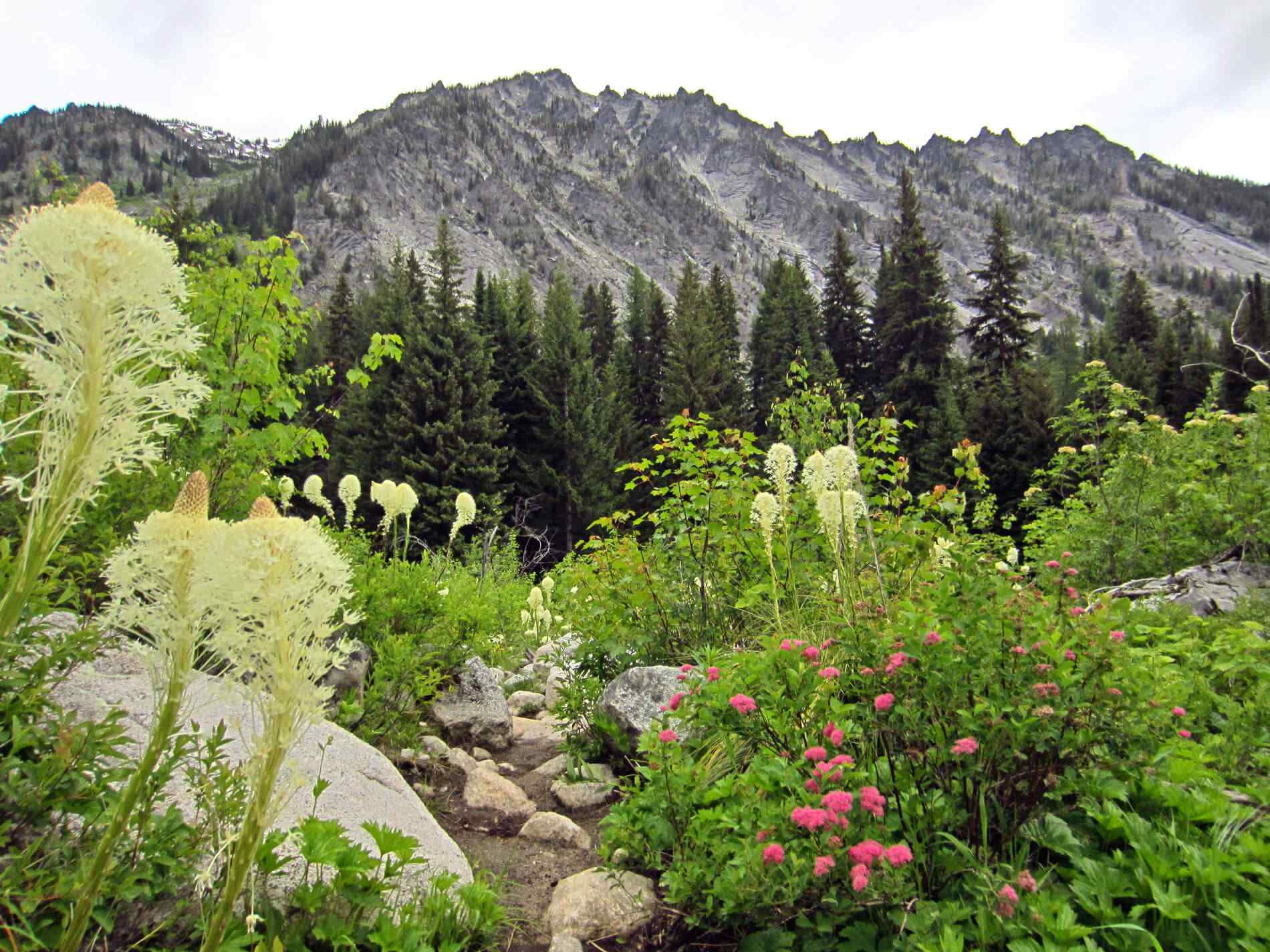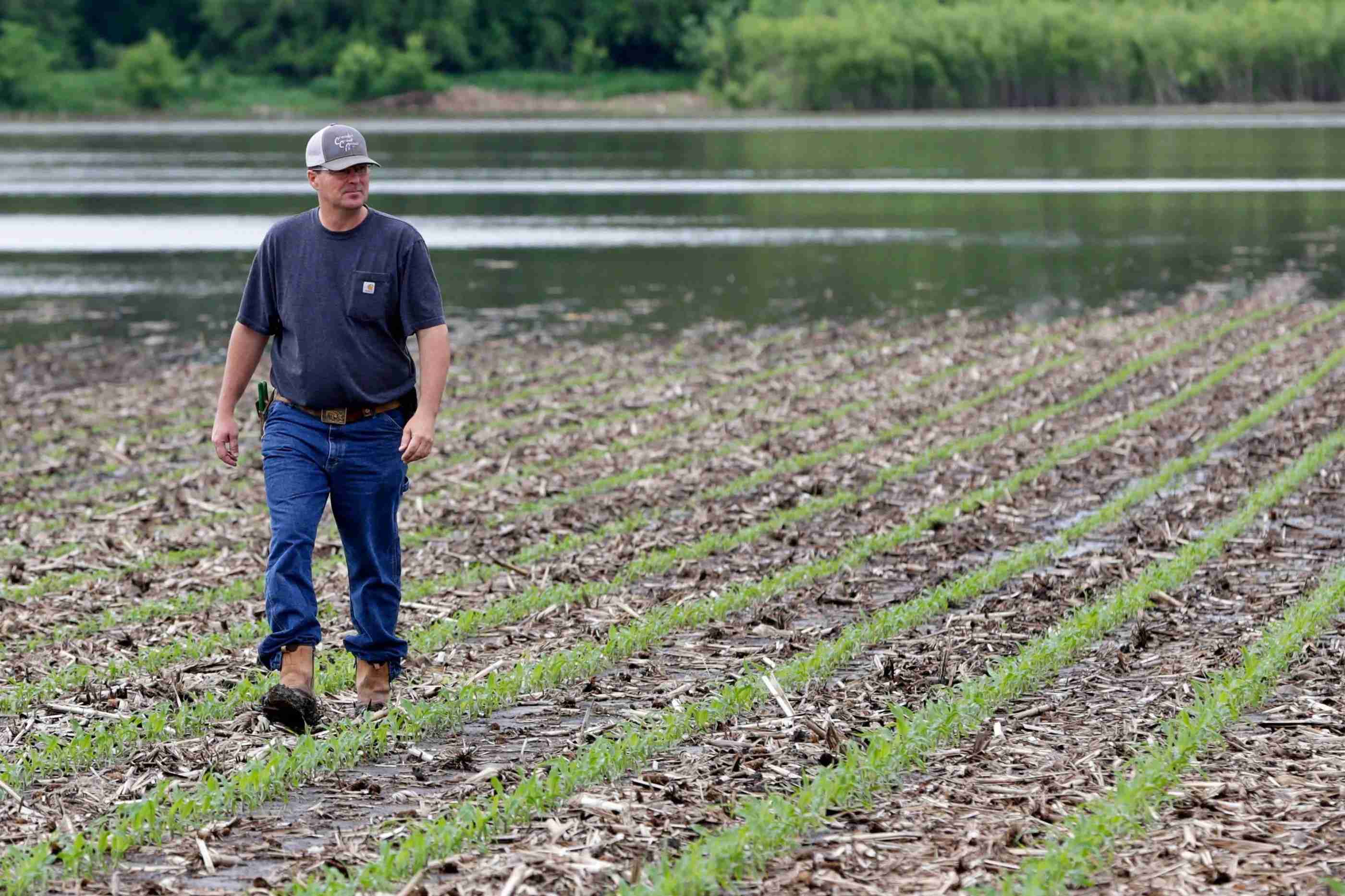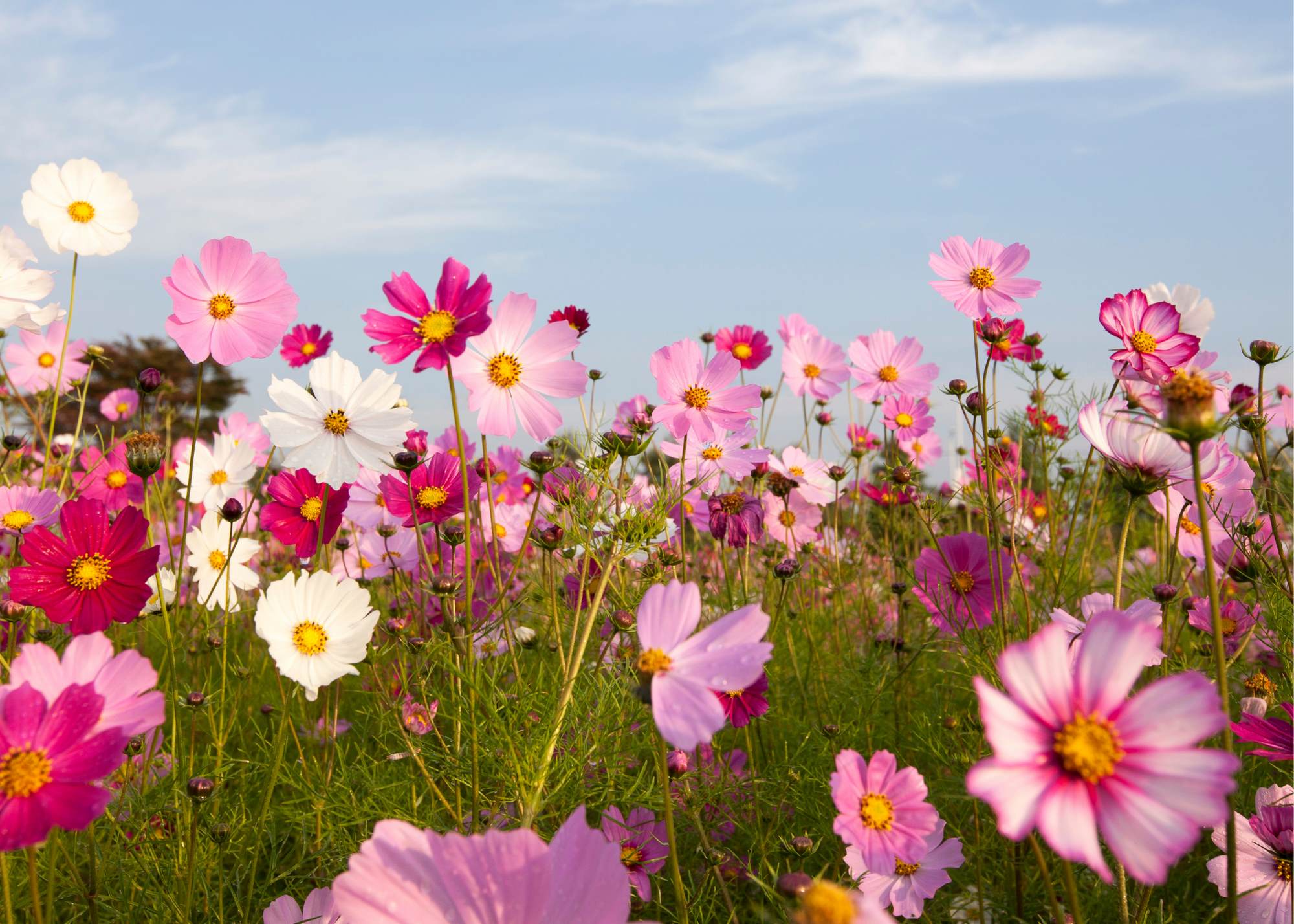Home>Gardening Basics>Understanding Soil>What Zone Is Minnesota In For Planting
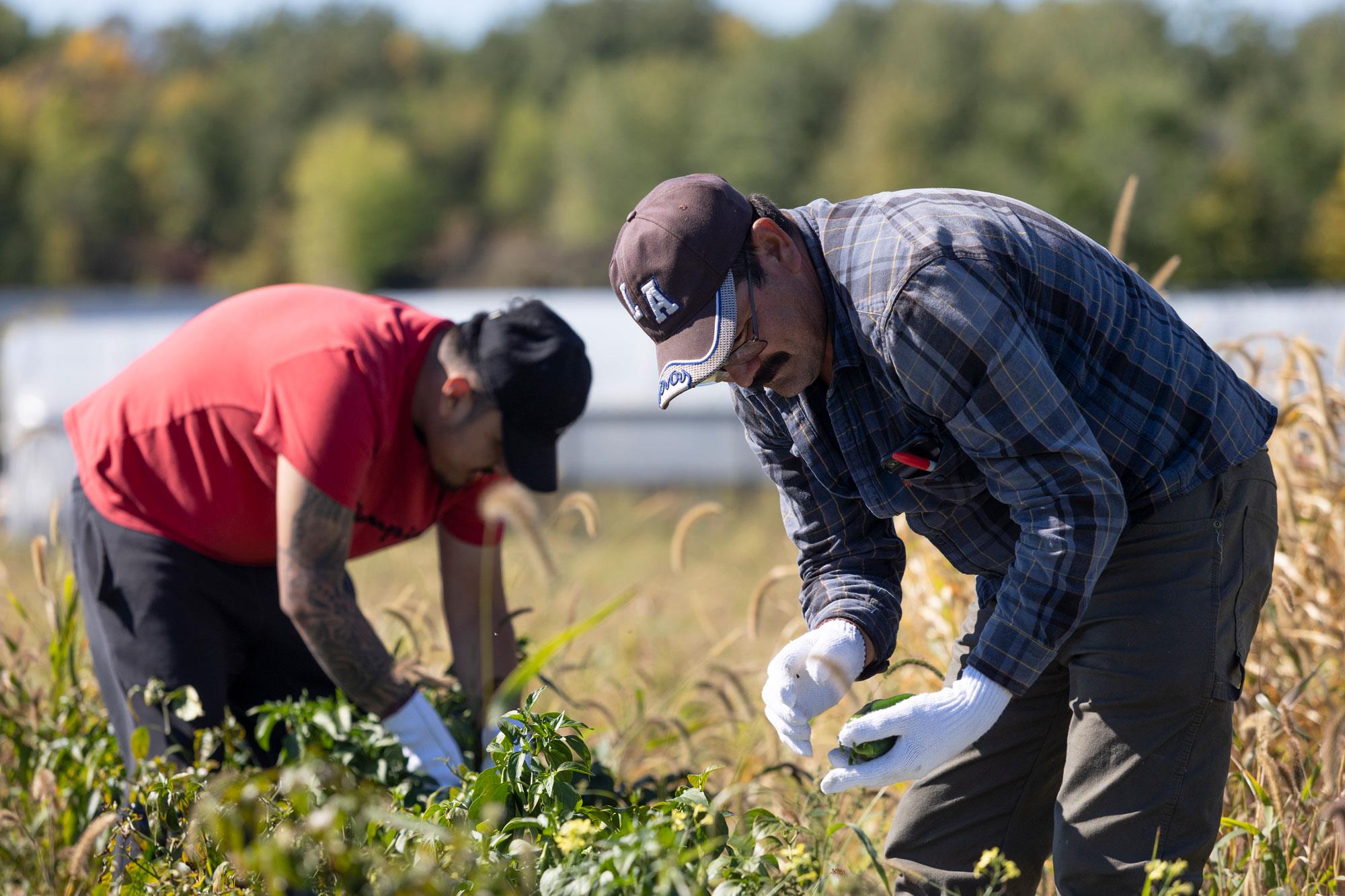

Understanding Soil
What Zone Is Minnesota In For Planting
Modified: January 22, 2024
Discover what zone Minnesota falls under for planting and gain a better understanding of soil composition and its impact on successful gardening.
(Many of the links in this article redirect to a specific reviewed product. Your purchase of these products through affiliate links helps to generate commission for Chicagolandgardening.com, at no extra cost. Learn more)
Table of Contents
Introduction
Welcome to the world of gardening in Minnesota! Whether you’re a seasoned gardener or just starting out, understanding the concept of planting zones is crucial for successful gardening in the Land of 10,000 Lakes. Planting zones provide valuable information about a region’s climate and the types of plants that thrive there. In this article, we will delve into the specific planting zones in Minnesota and how they can guide your gardening endeavors.
Minnesota, known for its diverse landscapes, experiences a wide range of temperatures and weather conditions throughout the year. From frigid winters to hot summers, each season brings its own challenges and opportunities for gardeners. By identifying the appropriate planting zone for your area, you can make informed decisions about which plants are most likely to thrive in your specific climate.
Understanding planting zones is particularly important in Minnesota due to the variations in temperature and frost patterns across the state. By aligning your gardening efforts with the specific planting zone recommendations, you can increase your chances of success and enjoy a thriving garden.
Throughout this article, we will explore the USDA Plant Hardiness Zone Map, which is the standard reference for determining planting zones across the United States. We will also examine the specific planting zones in Minnesota and discuss the factors that influence these zones. Additionally, we will provide helpful planting recommendations for each zone to help you get started on your gardening journey.
So, whether you’re dreaming of a vibrant flower garden, planning to grow your own vegetables, or simply looking to enhance your landscaping, understanding the planting zones in Minnesota is an essential first step. Let’s dive in and explore the fascinating world of Minnesota’s planting zones!
Understanding Hardiness Zones
When it comes to gardening, one of the first things you need to understand is the concept of hardiness zones. Hardiness zones are geographic regions that indicate the average annual minimum temperature for a specific area. These zones help gardeners determine which plants are best suited for their climate, taking into account the plants’ ability to withstand cold temperatures.
The United States Department of Agriculture (USDA) developed the widely-used USDA Plant Hardiness Zone Map, which divides the United States into 13 zones based on average winter temperatures. The map assigns each zone a unique number and letter combination, such as Zone 5a or Zone 7b. The lower the zone number, the colder the climate in that area.
Hardiness zones are determined by historical weather data, specifically the lowest winter temperatures recorded over a period of time. It’s important to note that hardiness zones provide a general guideline and are not the sole factor in predicting a plant’s success. Other factors, such as soil type and moisture conditions, also play a significant role in a plant’s ability to thrive.
Hardiness zone information is particularly helpful for gardeners when selecting perennial plants, as perennials are plants that can survive and regrow each year. By choosing plants that are well-suited to their specific zone, gardeners can increase their chances of successful overwintering and overall plant survival.
It’s important to remember that hardiness zones are not static and can be affected by factors such as microclimates and climate change. Microclimates are small-scale variations in climate within a larger region, caused by factors like elevation, proximity to bodies of water, or the presence of urban heat islands. These microclimates can result in variations in temperature within a specific zone.
Climate change is also impacting hardiness zones, as it alters average temperatures and weather patterns. Over time, certain regions may experience warmer winters, leading to a shift in their hardiness zones. It’s essential for gardeners to stay updated on any changes in their specific zone and adjust their plant selection accordingly.
Now that you have a good understanding of hardiness zones and their significance for gardening, let’s move on to explore the specific hardiness zones in Minnesota.
The USDA Plant Hardiness Zone Map
The USDA Plant Hardiness Zone Map is a valuable tool for gardeners across the United States. It provides a visual representation of the different planting zones based on average annual minimum temperatures. The map divides the country into 13 zones, ranging from Zone 1 (coldest) to Zone 13 (warmest).
The USDA Zone Map helps gardeners determine which plants are most likely to thrive in their specific climate conditions. By identifying the appropriate zone for their area, gardeners can select plants that are known to be hardy and capable of withstanding the lowest temperatures recorded in that zone.
The zones on the USDA map are determined by 10-degree Fahrenheit intervals, with each zone representing a 10-degree temperature range. Zones are further divided into “a” and “b” subzones, with “a” having a colder minimum temperature than “b”. For example, Zone 5a has a colder minimum temperature than Zone 5b.
The USDA Zone Map is a result of extensive research and analysis of historical weather data. It takes into account average minimum temperatures recorded over a 30-year period to provide a reliable indicator of a region’s climate. The map is regularly updated to reflect any changes in weather patterns and temperature averages.
While the USDA Zone Map is a useful guide, it’s important to note that it doesn’t take into account other factors that can impact plant growth, such as sunlight exposure, humidity levels, and soil conditions. Therefore, it’s always advisable to consider these additional factors when selecting plants for your garden.
To determine your specific hardiness zone, you can consult the USDA Plant Hardiness Zone Map, which is available online and in print. Simply locate your region on the map and note the corresponding zone number and letter combination. This information will guide you in selecting plants that are suitable for your zone.
Keep in mind that the USDA Zone Map provides a general guideline and should be used in conjunction with local knowledge and experience. Factors such as microclimates, altitude, and proximity to bodies of water can impact temperature variations within a specific zone. Therefore, it’s always beneficial to consult local gardening resources and experienced gardeners in your area for additional guidance.
Now that we understand how the USDA Plant Hardiness Zone Map works, let’s explore the specific hardiness zones in Minnesota.
Minnesota’s Hardiness Zones
Minnesota, with its diverse climate and unique geographical features, is divided into multiple hardiness zones. These zones capture the range of temperatures experienced across the state and provide important information for gardeners in selecting the right plants for their specific areas.
Minnesota is primarily situated in Zones 3a to 5b of the USDA Plant Hardiness Zone Map. Zone 3a experiences the coldest temperatures, with average winter minimums ranging between -40 to -35 degrees Fahrenheit (-40 to -37 degrees Celsius). Zone 5b, on the other hand, has relatively milder winters, with average minimum temperatures ranging between -15 to -10 degrees Fahrenheit (-26 to -23 degrees Celsius).
In addition to these primary zones, Minnesota also has microclimates that can impact localized temperature variations. For example, areas near the Great Lakes, such as the North Shore of Lake Superior, may experience milder winters due to the moderating effect of the water. These microclimates can result in slight variations within the primary planting zones. It’s important to take these microclimates into consideration when selecting plants for your garden.
In northern Minnesota, Zone 3a dominates, covering most of the region. This means gardeners in these areas need to focus on selecting plants that are cold-hardy and can withstand extremely low temperatures. Popular plant choices for Zone 3a include varieties of conifers, such as spruce and pine, as well as cold-tolerant perennial flowers like phlox and lupine.
Central Minnesota falls within Zones 3b and 4a. These areas experience slightly milder winter temperatures compared to the north. Gardeners in these zones can experiment with a wider range of plants, including many popular perennials like daylilies, hostas, and ornamental grasses. Vegetable gardening is also possible, with cool-season crops like spinach, lettuce, and radishes thriving in the spring and fall.
Southern Minnesota falls within Zones 4b to 5b, with comparatively milder winters. Gardeners in these areas have a greater variety of plants to choose from, including a wider range of flowers, shrubs, and vegetables. They can enjoy the beauty of flowering trees like crabapple and cherry, colorful perennials like peonies and daisies, and a longer growing season for vegetables like tomatoes, peppers, and cucumbers.
It’s important to note that these hardiness zones provide a general guideline, and there are always exceptions and variations within each zone. Factors such as microclimates, sheltered areas, and specific garden conditions can influence plant survival. Therefore, it’s crucial to evaluate your specific location and consider these factors when selecting plants for your garden.
Now that we have explored the hardiness zones in Minnesota, let’s dive into the factors that affect these planting zones.
Factors Affecting Planting Zones in Minnesota
While the USDA Plant Hardiness Zone Map provides a helpful starting point for understanding planting zones in Minnesota, there are several factors that can influence and modify these zones within the state. These factors include temperature variations, elevation, proximity to bodies of water, and urban heat islands.
Temperature variations: Within the same hardiness zone, there can be significant temperature variations due to factors like terrain and microclimates. Low-lying areas, valleys, and areas surrounded by hills or forests may experience colder temperatures and have a shorter growing season compared to more open and elevated areas. It’s essential for gardeners to consider local weather patterns and temperature extremes specific to their location.
Elevation: As elevation increases, temperatures generally become cooler. Higher elevations may have shorter growing seasons and experience colder temperatures, which can impact the types of plants that can be grown successfully. In mountainous regions of Minnesota, such as the Arrowhead region and parts of the North Shore, the planting zones can shift toward colder zones due to the increased elevation.
Proximity to bodies of water: Lakes, rivers, and other bodies of water have a moderating effect on the surrounding climate. Areas near large bodies of water, such as Lake Superior and smaller lakes, tend to have more moderate winter temperatures compared to inland areas. This can result in a slightly longer growing season and milder winter conditions, allowing for the cultivation of plants that may not thrive in colder zones.
Urban heat islands: Urban areas, with their abundant concrete and asphalt, tend to retain heat and create warmer microclimates known as urban heat islands. These pockets of increased warmth can impact local planting zones, pushing them slightly higher than surrounding rural areas. This phenomenon can result in plants being able to survive winter temperatures that might be considered marginal for their designated hardiness zone.
Climate change: Climate change is a significant factor that is influencing planting zones worldwide. Rising temperatures and changing weather patterns can gradually shift the hardiness zones in Minnesota. Warmer winters may lead to a movement of planting zones northward over time. It’s important to stay informed about any updates to the hardiness zone map and be prepared to adapt to changing conditions in order to ensure the success of your plants.
By considering these factors, gardeners in Minnesota can make more informed decisions when selecting plants for their gardens. Understanding the unique aspects of their specific location, including temperature variations, elevation, proximity to water, and the presence of urban environments, can greatly enhance the overall gardening experience.
Now that we’ve explored the factors that can affect planting zones in Minnesota, let’s move on to the next section, where we’ll provide planting recommendations for different zones in the state.
Planting Recommendations for Different Zones in Minnesota
Gardening in Minnesota comes with its own set of challenges and rewards. With the varying climatic conditions across the state, it’s important to select plants that are well-suited to your specific planting zone. Let’s explore some planting recommendations for different zones in Minnesota to help you create a beautiful and thriving garden.
Zone 3a: In the coldest areas of northern Minnesota, cold-hardy plants capable of withstanding extremely low temperatures are the key. Conifers like spruce and pine are excellent choices for adding greenery and a touch of winter resistance to your landscape. Other cold-tolerant perennials such as phlox and lupine can add bursts of color during the summer months.
Zone 3b – 4a: For central Minnesota, where the winters are slightly milder compared to the north, a wider range of plants can be grown. Popular perennials like daylilies, hostas, and ornamental grasses thrive in this zone. You can also grow cool-season crops like spinach, lettuce, and radishes in the spring and fall. Choose native prairie plants for their ability to withstand the fluctuating temperatures and dry spells common in this region.
Zone 4b – 5b: In the relatively milder climates of southern Minnesota, gardeners have a greater diversity of options. Flowering trees like crabapple and cherry can add beauty to your landscape. Colorful perennials like peonies, daisies, and black-eyed Susans can create vibrant flower beds. Extend your vegetable gardening season with popular crops like tomatoes, peppers, cucumbers, and herbs. Consider experimenting with more tender plants like roses and certain fruit trees that require the longer growing season.
Regardless of your planting zone, it’s always advantageous to select plants that are native or well-adapted to the region. Native plants have evolved to withstand the local climate, soil conditions, and pests, making them hardier and more likely to thrive in your garden. Additionally, they can provide food and habitat for local wildlife and contribute to the preservation of local ecosystems.
In addition to choosing the right plant species, consider other factors that can affect plant success, such as soil quality, sunlight exposure, and moisture conditions. Conduct a soil test to determine if any amendments are needed, and provide adequate water and sunlight for your plants. Regularly monitor your garden for pests and diseases, and take appropriate measures to prevent or address any issues that arise.
Lastly, don’t forget the importance of proper planting techniques and maintenance. Follow recommended planting depths and spacing, and provide regular care such as watering, mulching, and pruning as needed. Remember, gardening is an ongoing process, and with time, patience, and a little trial and error, you can create a beautiful and thriving garden in your specific planting zone.
Now that we’ve explored planting recommendations for different zones in Minnesota, let’s wrap up this article with a summary and final thoughts.
Conclusion
Gardening in Minnesota is a rewarding and fulfilling endeavor, but it requires careful consideration of the state’s unique planting zones and climatic conditions. By understanding the USDA Plant Hardiness Zone Map and the specific planting zones in Minnesota, you can make informed decisions about which plants are best suited for your area’s climate.
Factors such as temperature variations, elevation, proximity to bodies of water, and urban heat islands can influence planting zones within the state. It’s important to take these factors into account when selecting plants for your garden. Additionally, staying updated on any changes in hardiness zones due to climate change is crucial for long-term gardening success.
Planting recommendations for different zones in Minnesota provide a starting point for choosing the right plants for your garden. Whether you’re planting cold-hardy evergreens in Zone 3a, colorful perennials in Zone 4b, or a variety of vegetables in Zone 5b, selecting plants that are well-adapted to your specific climate is key.
Remember to consider other factors like soil quality, sunlight exposure, and moisture conditions, and follow proper planting techniques to ensure the success of your plants. Native plants, which have evolved to thrive in the local environment, can be an excellent choice for gardeners looking to enhance biodiversity and support local ecosystems.
Finally, gardening is an ongoing learning process. Don’t be discouraged by setbacks or challenges along the way. Take the time to observe and interact with your garden, make adjustments as needed, and enjoy the beauty and rewards that come from nurturing your garden.
Whether you’re a seasoned gardener or just starting out, understanding and embracing the planting zones in Minnesota will help you create a garden that flourishes in harmony with the local environment. So get your hands dirty, watch your plants grow, and experience the joy of gardening in the diverse and beautiful state of Minnesota!
